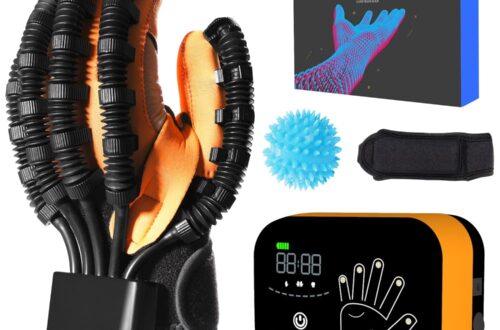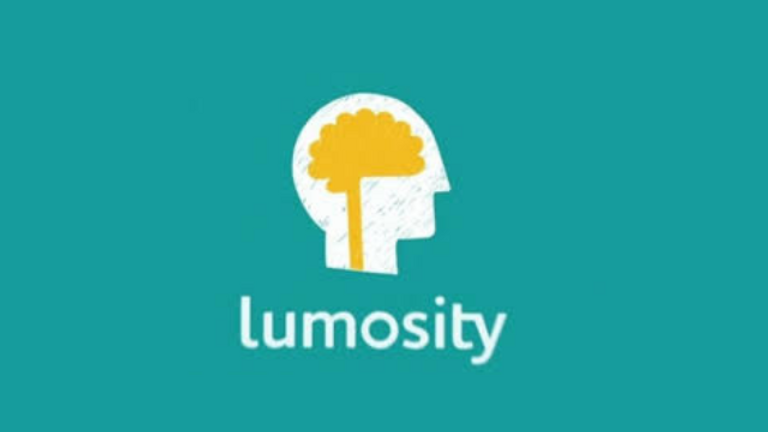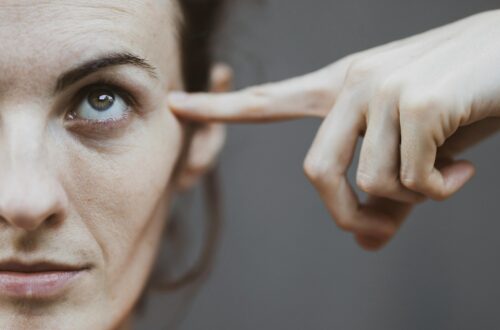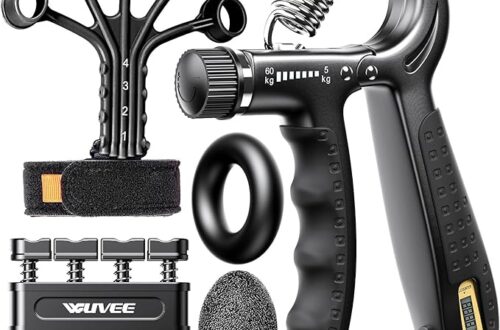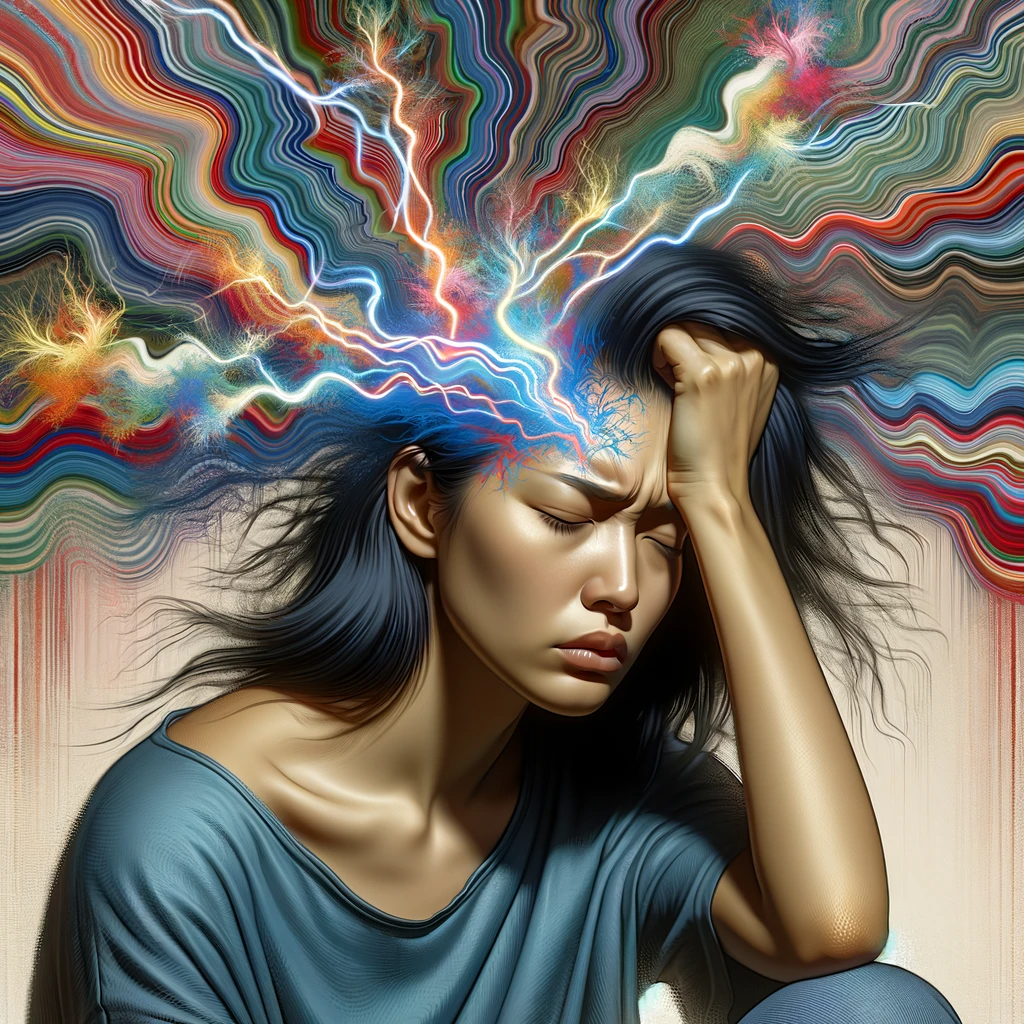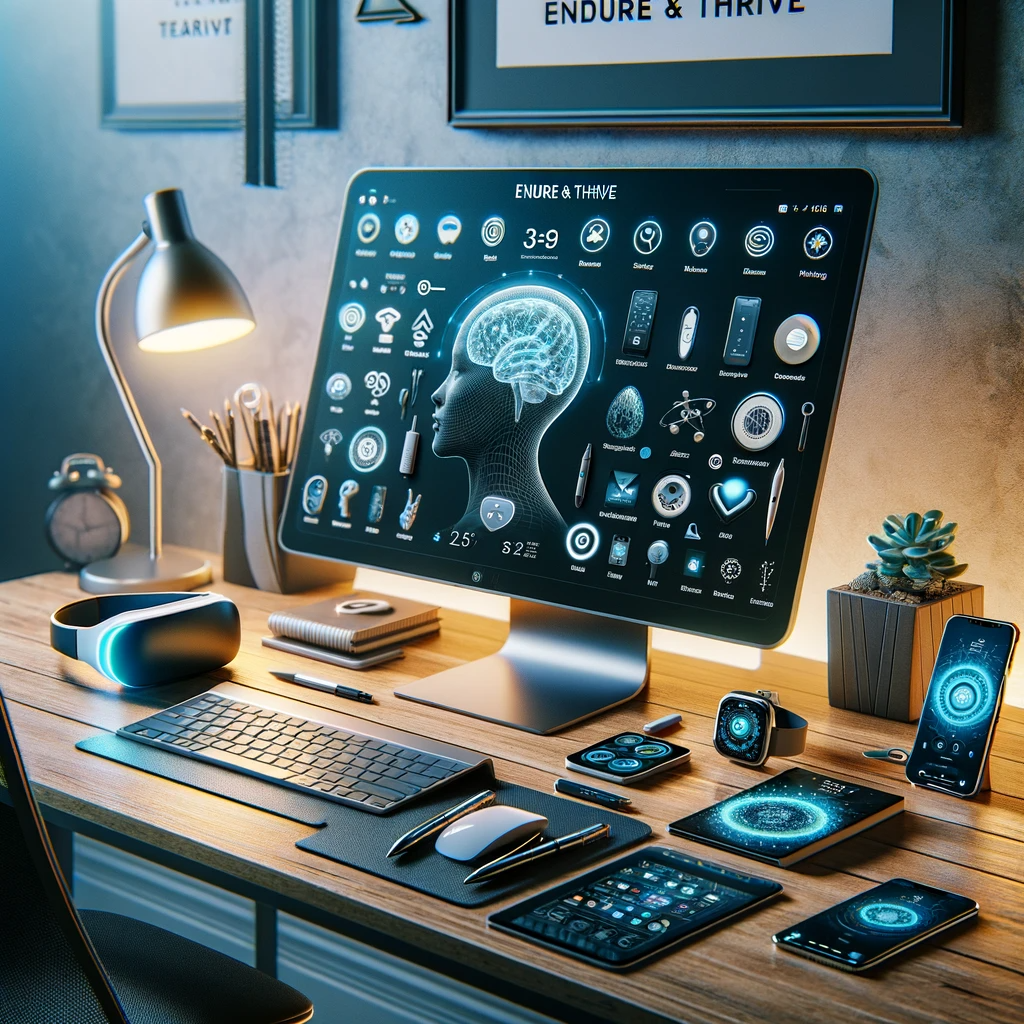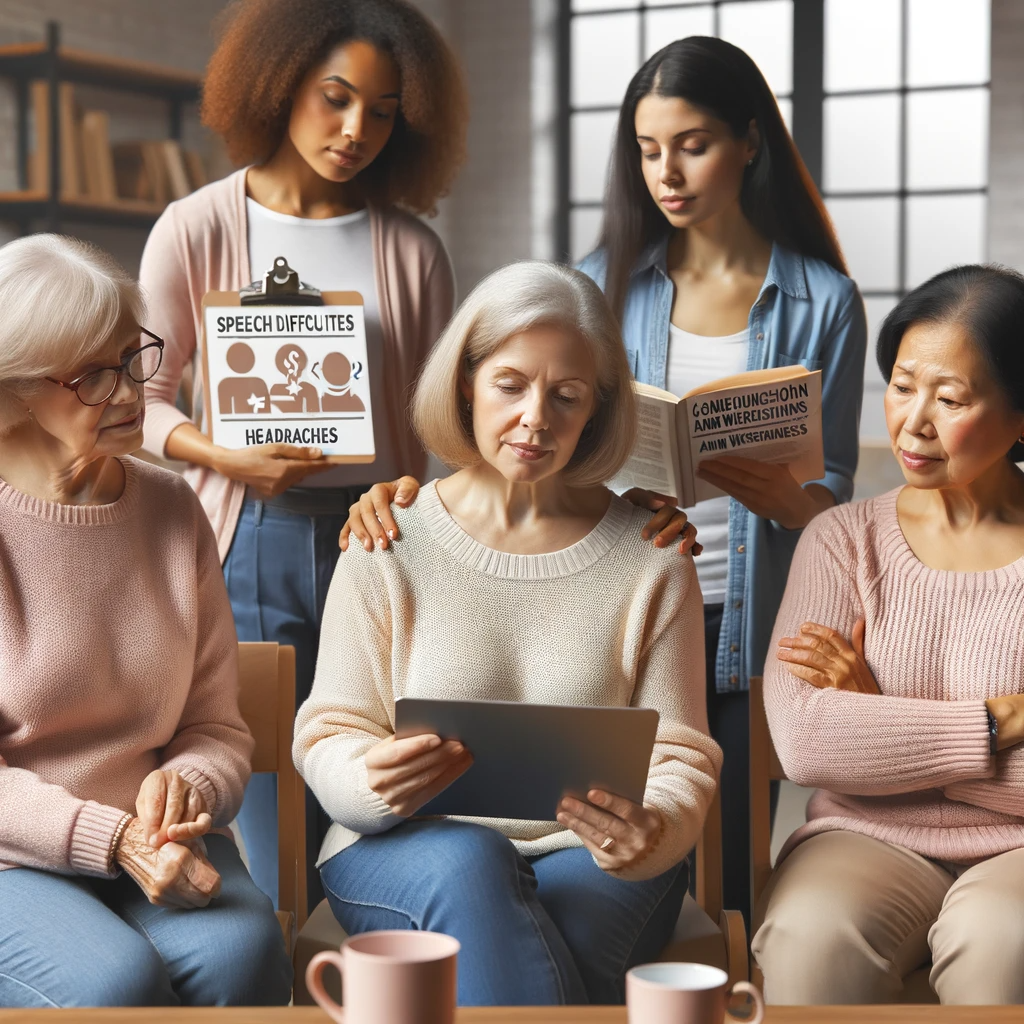Recovering after a stroke may be a lengthy and complex process that varies greatly from person to person. If you have suffered a stroke, this can cause considerable changes in your daily routines and emotional well-being. However, you may learn to adapt to change and navigate the long-term effects of stroke with confidence and as much independence as possible with the proper support and long-term care. What to Expect in the Weeks and Months Following Stoke Surviving the stroke may mean the end of the lifestyle you’ve known. You were an active, self-sufficient person before the stroke. You had a…
-
-
Introduction Occupational therapy plays a crucial role in the rehabilitation process for stroke survivors. It focuses on improving the ability to perform everyday tasks and activities. This process often involves the use of specialized occupational therapy devices designed to help patients regain independence and improve their quality of life. Key Occupational Therapy Devices Benefits of Occupational Therapy Devices Conclusion Occupational therapy devices are indispensable in the journey of stroke recovery. They not only facilitate physical rehabilitation but also address cognitive and emotional challenges. By integrating these tools into the recovery process, occupational therapists can significantly improve the outcomes for stroke…
-
Introduction Stroke is one of the most common disorders of cerebral circulation, having a long-term impact on the quality of a patient’s life. The physical consequences of a stroke can vary and depend on the area of the brain that was affected. It is important to note that proper rehabilitation and the use of specialized instruments can significantly improve recovery prospects. Physical Consequences Instruments Used in Rehabilitation Conclusion The physical consequences of a stroke can be challenging in a patient’s life, but modern medicine offers various rehabilitation tools and instruments that can assist in a faster and more effective recovery.…
-
A stroke is a major medical incident that impacts both the physical and cognitive aspects of life. Life after a stroke undergoes profound changes due to disruptions in the brain’s communication networks. The affected area of the brain determines the extent of these changes. One area particularly susceptible to functional disruptions post-stroke is the part responsible for cognitive skills, encompassing thinking, memory, and perception. How A Stroke Disrupt Thinking Damage from the frontal lobe affects thinking. This part of the brain is significant for planning, making decisions, and solving problems. A stroke in the frontal lobe can lead to trouble…
-
People suffer from stroke every day, and it often takes the lives of many. However, those who survive are often left wondering how to cope with it and what to expect afterward. It’s not easy to learn that you had such a major health event, but it’s even scarier to think of recovery from stroke. Is it possible? What will it be like? Can you recover fully? These questions aren’t easy to answer because each stroke survivor is different. However, it can help to learn from others and their experiences. Today, you will learn about recovery from stroke and hear…
-
Identifying a mild stroke in women is critical, as it can sometimes present subtly and be easily overlooked. Here’s a detailed guide on how to recognize a mild stroke: Understanding Mild Strokes in Women A mild stroke, or a transient ischemic attack (TIA), occurs when the blood supply to part of the brain is briefly interrupted. It shares many symptoms with a regular stroke but is often less severe and can be a warning sign of a future stroke. Recognizing the Symptoms Symptoms of a mild stroke in women can be subtle and may not seem immediately alarming. However, prompt…
-
Strokes are usually seen as sudden and severe medical emergencies. However, they can also show up in more subtle ways, especially in women. Understanding these signs is crucial for getting timely medical help, which can greatly improve outcomes. This guide will help you recognize mild stroke symptoms in women and stress the importance of quick action. Identifying a Stroke: The FAST Method Recognizing the symptoms of a stroke can save lives. Use the FAST method to quickly identify if someone is having a stroke. Face: The American Heart Association’s Advice Arms: Detecting Arm Weakness Speech: Recognizing Speech Problems Time: The…
-
Experiencing a mild stroke can be a frightening and disorienting experience, particularly for women who may show symptoms that are less commonly associated with strokes. One of the most subtle yet alarming signs of a mild stroke in women is unexpected confusion. This confusion is not just about forgetting where you left your keys or missing a familiar turn on your way home. It’s a deeper, more acute disorientation that can feel both bewildering and frightening. When a woman experiences a mild stroke, the blood flow to a part of her brain gets interrupted. This interruption, even if brief, can…
-
Are you ready to unlock your brain’s full potential? Look no further than Lumosity, the world’s leading brain-training app designed to sharpen your cognitive skills and boost your mental fitness. Why Lumosity? 1. Personalized Brain Workouts: Lumosity offers tailored daily brain workouts designed to challenge and improve five core cognitive areas: memory, attention, flexibility, speed, and problem-solving. Your workouts are based on your individual strengths and weaknesses, ensuring you get the most effective brain training experience. 2. Engaging Games: Say goodbye to mundane brain exercises. Lumosity features a wide variety of fun and engaging games that keep your mind active…
-
Adaptive utensils are a prime example of how innovation meets necessity, offering a lifeline to individuals who experience limited dexterity. These specialized eating and dining tools are more than just kitchen gadgets; they are groundbreaking solutions tailored to unique challenges.
-
Introduction Silent migraines, also known as migraine aura without headache, are a unique and often misunderstood condition. Particularly for women, understanding and managing these migraines is crucial for overall well-being and assessing potential risks, including stroke. Understanding Silent Migraines Silent migraines involve typical migraine aura symptoms without the accompanying headache. These symptoms can include visual disturbances, sensory changes, and even speech difficulties. For many women, these episodes are confusing and worrying, as they mimic more serious conditions like strokes. The Female Perspective Women are disproportionately affected by migraines, including silent ones. Hormonal fluctuations throughout life, such as during menstruation, pregnancy,…
-
“Neuro apps” typically refer to applications designed to interact with, enhance, or study the brain and its functions. These apps can vary widely in purpose and functionality. Here are a few categories and examples: Each of these categories represents a different approach to how technology interacts with and benefits the human brain, whether for health, wellness, education, or entertainment. The effectiveness and scientific backing of these apps can vary, so it’s always recommended to approach them with a critical eye, especially those claiming to offer medical benefits. More Articles:
-
What is a Migraine? Migraines are often thought of as severe headaches, but they’re more than that. They can involve a variety of symptoms, including visual disturbances, sensitivity to light or sound, and more. Some people experience these symptoms without the headache, which is what we’ll focus on. What Does “Aura” Mean? In the context of migraines, an “aura” refers to a range of sensory disturbances. These can include seeing flashes of light, blind spots, or experiencing tingling in the hands or face. It’s like a warning signal your body gives before a migraine, but sometimes the headache doesn’t follow.…
-
Migraines with aura represent a complex neurological condition characterized by intense, often debilitating headaches, frequently accompanied by sensory disturbances known as aura. Understanding these symptoms and their potential relationship to stroke is crucial for effective management and prevention of serious health complications. What are Migraines with Aura? Migraines are a type of headache disorder that can cause significant pain and discomfort. Those with aura include additional neurological symptoms that typically precede the headache phase. These symptoms can include visual disturbances like seeing flashes of light, blind spots, or zigzag patterns. Some people experience sensory changes such as tingling or numbness,…
-
Introduction Strokes are a leading cause of death and disability worldwide, and they often present differently in women than in men. Understanding these differences is crucial for early detection and treatment. This comprehensive guide aims to provide women with the knowledge needed to identify stroke symptoms, understand their unique implications, and seek timely medical assistance. The Unique Symptomatology in Women Strokes in women can manifest with some common symptoms seen in men, such as sudden numbness, confusion, and trouble speaking or seeing. However, women may also experience unique symptoms that are less commonly associated with strokes. These can include: Why…
-
There are several highly rated apps available that can significantly aid in stroke recovery, addressing various aspects such as speech therapy, hand recovery, cognitive deficits, vision loss, and overall health management. Here’s a comprehensive overview of some of the best options: Speech Therapy and Aphasia Hand Recovery and Motor Skills Cognitive Deficits Vision Loss General Health and Wellness Additional Recommendations Each of these apps addresses specific needs and challenges faced by stroke survivors. Depending on your specific recovery goals and areas you wish to improve, you can choose the apps that best suit your needs. Remember, consistent use and engagement…
-
Utilizing apps and digital tools designed for stroke rehabilitation can significantly aid in tracking and enhancing the recovery process. These tools offer structured exercises, progress tracking, and personalized guidance, making them invaluable for stroke survivors. Here are the top 10 apps that can be particularly beneficial after a stroke: Each app offers unique features tailored to different aspects of stroke recovery, from physical mobility and speech therapy to cognitive enhancement and mental well-being. Incorporating these tools into the rehabilitation process can lead to more structured, effective, and engaging recovery experiences.
-
Recovering from a stroke is a journey marked by patience, perseverance, and a positive mindset. One of the most effective ways to navigate this journey is by setting achievable goals and celebrating progress, no matter how small. This approach not only fosters a sense of accomplishment but also significantly boosts morale and motivation. In this detailed discussion, we explore the art of goal-setting and the joy of celebrating each step forward in the recovery process. The Power of Setting Achievable Goals Celebrating Small Victories Tracking Progress: The Pathway to Visible Improvement Incorporating Flexibility in Goal Setting Encouraging a Growth Mindset…
-
What is a Stroke? A stroke occurs when the blood supply to part of the brain is interrupted or reduced, preventing brain tissue from getting oxygen and nutrients. This can happen due to a blocked artery (ischemic stroke) or leaking or bursting of a blood vessel (hemorrhagic stroke). Some people may experience only a temporary disruption of blood flow to the brain, known as a transient ischemic attack (TIA) or “mini-stroke.” Effects of Stroke The effects of a stroke depend on several factors, including the stroke’s location in the brain and the amount of brain tissue damaged. Common effects include:…
-
Stroke rehabilitation is a really important step that starts right after someone has a stroke. It helps people who’ve had a stroke get back to their daily lives and feel better. The brain can adapt and heal itself, and this is a big part of recovery. Easy Guide to Stroke Recovery Making a Plan That Fits Each Person Since every stroke is different, the therapy plan is made to fit each person’s needs. The plan can change as the person gets better. Steps in the Recovery Process Healthy Lifestyle Changes Eating healthy, staying active, and managing health issues like high…

